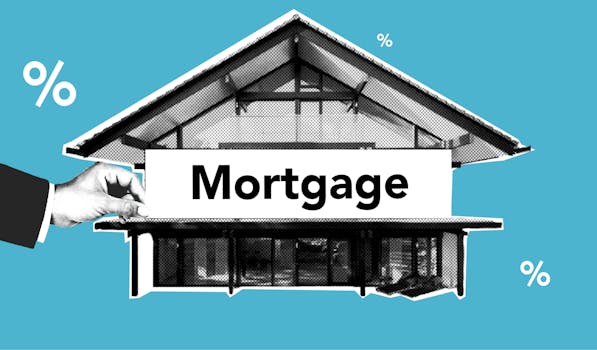Companies with the best and the worst technicals.
Lists of companies in NSE500 with the best and the worst technicals...
Lists of companies in NSE500 with the best and the worst technicals...
Lists of companies in NSE500 with the best and the worst fundamentals...
List of the latest important filings for NSE500....

An examination of the $3.3 trillion U.S. spending bill, focusing on market...

An analysis of the European Central Bank's Sintra Forum, where President Christine...

An in-depth analysis of OPEC+’s recent output hike decision, its implications for...

The U.S. dollar has experienced significant depreciation, hitting multi-year lows against several major currencies. As of early July 2025, the dollar index stands at 89.3, marking a notable decline from its 2022 peak of 102.7. This downward trend raises concerns for investors and policymakers alike, prompting questions about the underlying factors contributing to this weakness and what the future may hold for the greenback.
Several interconnected factors have combined to create a challenging environment for the U.S. dollar. First and foremost, the Federal Reserve's monetary policy has played a pivotal role. After aggressively raising interest rates in 2022 and parts of 2023 to combat soaring inflation, the Fed shifted to a more dovish stance in early 2024, signaling an end to its tightening cycle. The central bank has maintained rates at near-zero levels since then, leading to reduced interest rate differentials compared to other major economies.
As the U.S. navigates a post-pandemic economic landscape, other countries have experienced varying degrees of recovery, impacting the dollar's strength. The European Union, for example, has seen a rebound in its economic indicators as lockdown measures have eased and consumer spending has increased. By mid-2025, the Eurozone's GDP growth rate is projected at 3.5%, compared to the U.S.’s estimated growth of 2.2%. This relative strength encourages investors to seek assets in euros, leading to a decline in dollar demand.
Geopolitical tensions have also contributed to the current state of the U.S. dollar. Trade negotiations and diplomatic relations play a significant role in currency strength. Recent escalations in tensions between the U.S. and China, particularly regarding trade tariffs and technology transfer restrictions, have adversely affected market sentiment. As of July 2025, tariffs on Chinese imports remain at 25%, continuing to strain bilateral trade relations and weakening confidence in the dollar.
Key economic indicators are sending mixed signals about the U.S. economy. While unemployment rates remain low at around 3.6%, wage growth has slowed down, and inflation re-emerged, with current levels at about 4.2%. These factors create an uncertain environment for investors. Additionally, the stock market has exhibited volatility; major indices like the S&P 500 have seen fluctuations due to earnings reports and broader economic signals, adversely impacting investor confidence in U.S. assets.
Emerging market economies, particularly in Asia, have become more attractive for investors seeking better returns. Countries like India and Brazil, with their robust market performances and higher interest rates, are drawing capital away from the United States. The Brazilian real has appreciated against the dollar by over 15% in the past year, driven by strong commodity exports and rising foreign investment. As investors diversify their portfolios, the dollar's demand continues to wane.
For investors navigating this turbulent financial landscape, diversified investment strategies are essential. Opportunities in foreign equities, particularly in stable or growing economies, may provide attractive returns. Commodities, including gold and silver, often serve as a hedge against currency devaluation, making them appealing to investors seeking refuge from dollar weakness. Moreover, currency trading has gained traction. Investors may consider using options and futures to hedge against dollar depreciation and protect their portfolios from potential losses. Essential currencies to watch include the euro, the British pound, and the Japanese yen, all of which have shown strength against the dollar.
Looking forward, multiple scenarios could influence the potential recovery of the U.S. dollar. Should the Federal Reserve adjust monetary policy in response to rising inflation or stunted growth, an increase in interest rates could strengthen the dollar. Similarly, improved U.S. trade relations—whether with China or other global partners—could bolster economic confidence, thereby increasing dollar demand. Additionally, as the geopolitical climate shifts, outcomes in international diplomacy could redefine market dynamics. Notably, a resolution to the ongoing Russia-Ukraine conflict might ease global tensions, fostering a more favorable international trade environment that could enhance the dollar's position.
The interplay of these factors illustrates the complex landscape that shapes currency valuation and market sentiment. Investors will need to stay informed about economic indicators, global events, and Federal Reserve policies to strategize effectively and react to changes in the value of the dollar.

Anticipated rate cuts by the Federal Reserve by 2025 are set to...

A comprehensive analysis of the declining optimism among U.S. CEOs, exploring the...